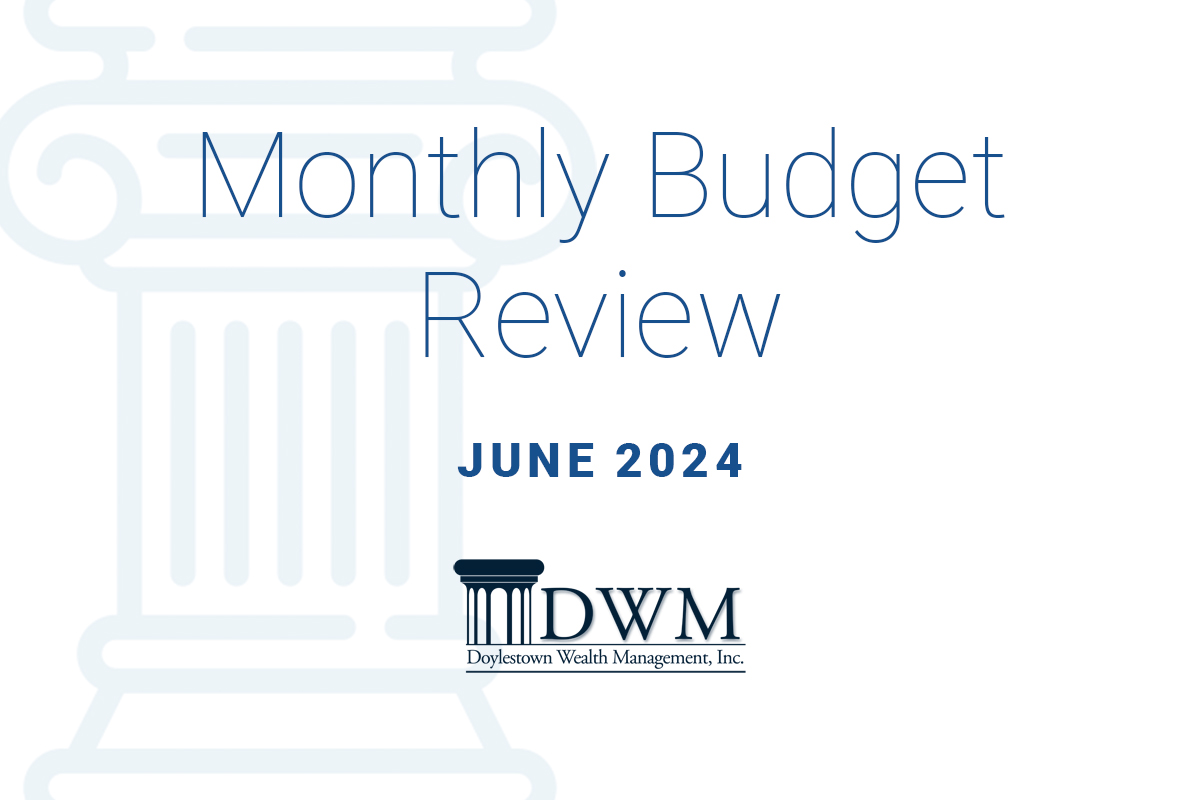
| Actual FY 2023 | Preliminary FY 2024 | Y-O-Y Change | |
| Receipts | 2994 | 3288 | 294 |
| Outlays | 4159 | 4492 | 332 |
| Deficit | -1165 | -1203 | -38 |
“The federal government pays for the deficit by printing money.” How many times have you heard or read those sentiments? Many Americans are under the impression that Washington, when confronted with fiscal shortfalls, responds by churning out the required banknotes. Whenever new spending is adopted, the government is said to be “firing up the printing press”. Money printer go brrrrrrr, as the crypto bros say. In reality, the production of dollar-denominated banknotes has nothing to do with the deficit or federal government finances, and the constant repetition of this false “money printing” theme is extremely detrimental to the understanding of the current operation of government finances and the options for policy changes.
It is true that the federal government, through its Bureau of Printing and Engraving, actually does print the banknotes used in the United States. But what is generally overlooked is that the Bureau then sells all of the banknotes it prints to the Federal Reserve at cost. In fact, there is no particular reason why the notes need to be created in a government facility at all—most countries around the world contract with private companies to print their currency. And certainly, the newly-printed bills are not used to pay the government’s debts.
The United States Treasury does not take delivery of any of the banknotes that are printed, and the United States government does not conduct business in cash. Think about it this way—have you, or any one you know, ever received cash (banknotes) from the government? Does a White House minion hand out envelopes full of currency to pay for gassing up Air Force One? Does a Pentagon accountant pull up at an Army base and hand out dollar bills in exchange for ammunition? Does Health and Human Services dump duffel bags of cash at the hospital for Medicare reimbursement? Does your tax refund come in dollar bills and change? With the possible exception of covert payoffs to nefarious agents, the United States government handles all of its business through the banking system.
So how do those fresh banknotes get distributed? The Bureau of Engraving and Printing ships them to the Federal Reserve Bank, which debits the Treasury’s account for the cost of printing. When one of the Fed’s member banks needs banknotes because of customer demand, the Fed ships them the notes in exchange a reduction in the bank’s reserve balance (recall that the Fed is the bank for the banks). The bank then gives its customers the cash in exchange for a reduction in their account balances. To emphasize: at no point do the banknotes become a possession of the United States government, and there is no inherent reason why the Treasury even need be involved in their production or distribution. Washington may borrow a trillions of dollars to fund its deficit, but it doesn’t print them.
Why is this distinction important? In our view, phrasing the government as a “money printer” fundamentally misrepresents the nature of money and the powers of the US Treasury. Modern day money is for the most part electronic and exists as entries on the ledger of a custodial institution—usually a bank. Physical cash is ancillary to this system. Money is not created by printing but by borrowing from a bank, which creates the credit out of thin air. When the Treasury borrows, money is created the same way as with any other borrower (though the Treasury does require bids from the primary dealers at its auctions of new debt). These primary dealers (the big American, Canadian, European, and Japanese banks) buy the newly created debt with newly created bank liabilities—electronic money, in essence. They then go on to sell those Treasury securities to their customers in exchange for balances in their accounts. But the money is created by the primary dealers—if anyone can be said to “print money” — i.e., create it from nothing –it is the banks.
This arrangement, in which the United States government plays by the rules of the banking system to meet its deficit obligations, is the standard practice for governments around the world. It is however, not the only method by which deficit spending could be accomplished. The United States Treasury could, in fact, sell its debt directly to the Federal Reserve. It could even, in crypto fashion, conduct an “airdrop” of tokenized dollars. Why it does not do this is a question with many answers, but knowing that it is a choice is the first step towards understanding the options for deficit finance.
As deficits and the national debt continue to increase, some of those options, which seem outlandish now, will become more and more attractive to policymakers. Next month this commentary will examine them in more detail. And the next time someone tells you the government prints money, ask them why, if it can, it issues interest-bearing debt to make up its fiscal shortfall.
The opinions voiced in this material are for general information only and are not intended to provide specific advice or recommendations for any individual.
The content is developed from sources believed to be providing accurate information.
Securities offered through LPL Financial, member FINRA/SIPC. Investment advice offered through Great Valley Advisor Group, a Registered Investment Advisor. Great Valley Advisor Group and Doylestown Wealth Management, Inc. are separate entities from LPL Financial.
